CSAS News: April 2008
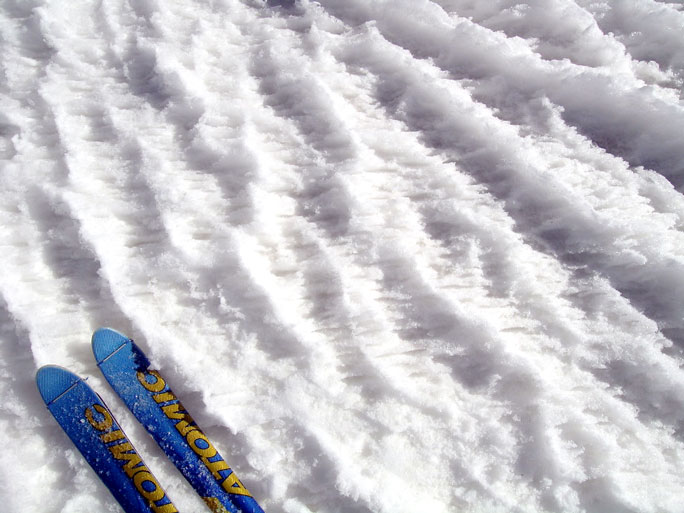 Amazing Snow
Amazing Snow
Snow
has a habit of continually amazing observant winter travelers, and
adding dust to the dynamic nature of snowpack surface processes in the
San Juan Mountains, known for their continental, radiation snow climate,
only amplifies the magic. In late April, 2008, we observed the
short-lived, multi-dimensional snow surface structure seen here,
instigated largely by dust in the snow. Notice that there are two
distinct surface patterns, one representing ‘runnel ridging’ and caused
by free water percolation along the fall line of the slope, and the
other, a closely-spaced fin structure, running across the axis of the
runneling. These features are similar to, but perhaps also different
from, the initial development of ‘penitentes’ in the snow surface, as
are routinely observed in some snow climates, and these patterns were
eventually entirely lost to diurnal melt-freeze cycles and evolved into
a smooth ‘corn snow’ surface.
The
closer view of the fin structure below shows that there was an additional
vertical pattern present within the fins, perhaps representing ice
layers formed by diurnal wetting fronts. Close inspection of the
crystals within these fins revealed very fresh, ‘crisp’, and advanced
faceted features growing directly off of thawing polycrystals, but with
no common orientation – they seemed to be responding to extremely local
and large vapor pressure gradients within the structure of the fins and
adjoining ‘gaps’ between fins, irrespective of up or down. In one
extraordinarily spectacular ‘void’, pristine examples of capped column
crystals were observed, apparently formed when the conditions in that
pore space within the melt-freeze dominated snow structure mimicked
cloud conditions that would produce a capped column precipitation
particle. Wow!
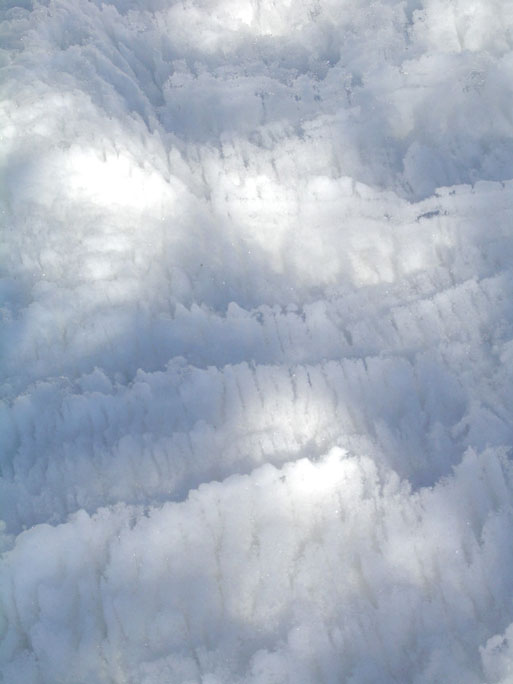




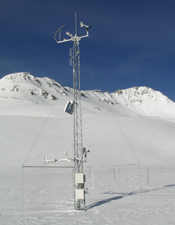
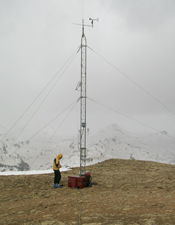
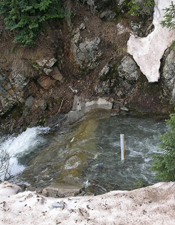
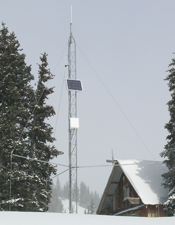
 Amazing Snow
Amazing Snow